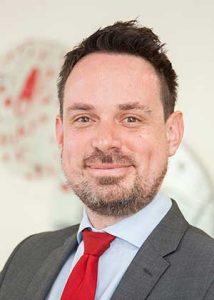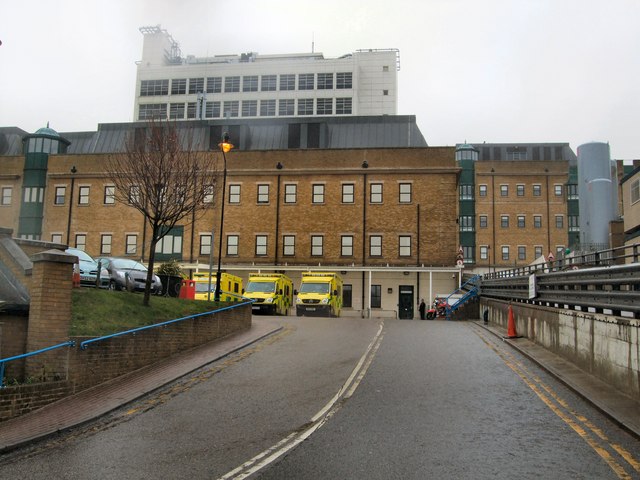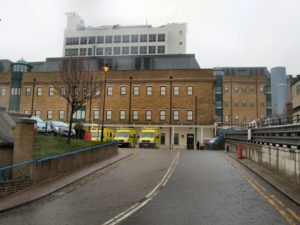More people in Brighton and Hove are choosing to use accident and emergency (A&E) than register with a GP.
Board members at Brighton and Sussex University Hospitals NHS Trust were told how pressure was growing on A&E the Royal Sussex County Hospital as people were using it as their main form of health care.

Chief delivery and strategy officer Pete Landstrom said: “There are cases where people are just not engaged with primary care (GPs).
“These are not frequent flyers to hospital. A&E is their health care provider.”
Mr Landstrom told the board meeting at the Royal Sussex on Wednesday (24 October), how pressures on mental health services may be affecting A&E.
Mr Landstrom said that the department was a victim of its own success as people wanted to be treated there.
Trust chief executive Marianne Griffiths said that she planned to meet executives at the Brighton and Hove Clinical Commissioning Group in the new year to see what could be done.
She said: “We cannot keep holding these numbers when people do not have a GP.
“We cannot keep absorbing this, fundamentally, no matter how good we are.”
Mrs Griffiths said that she was aware issues with mental health services and wider social problems were at the heart of the problem.
She added: “There just are not the safe spaces for people to go to.”
Some 14,658 people turned up at the Royal Sussex A&E in September – an increase of 12.3 per cent on the 13,055 in September last year.
The board was told that A&E did not meet the national four-hour target in September, with 2,100 people waiting more than four hours from arriving before being admitted, transferred or discharged.
The national target is 90.2 per cent and Royal Sussex County achieve 71 per cent.
The trust said that the main reason was bed blocking – or delayed transfers of care – accounting for the biggest proportion of patients still in A&E after four hours.
Efforts to move people into community hospitals or back home have resulted in an average of 16 fewer patients a month staying at the Royal Sussex for seven days or more.
The board was reminded that there are consultants on duty at Brighton’s A&E 24 hours a day for seven days a week.
The trust also has A&E departments at the Royal Alexandra Children’s Hospital, the Sussex Eye Hospital and Princess Royal Hospital in Haywards Heath.
These all achieved the NHS target, with the Alex dealing with 99.5 per cent of patients within four hours and the Sussex Eye Hospital achieving 97.2 per cent.
The best performer locally was the Brighton Station Walk-in Centre where just three emergency patients waited longer than four hours and 99.8 per cent were dealt with within four hours.











